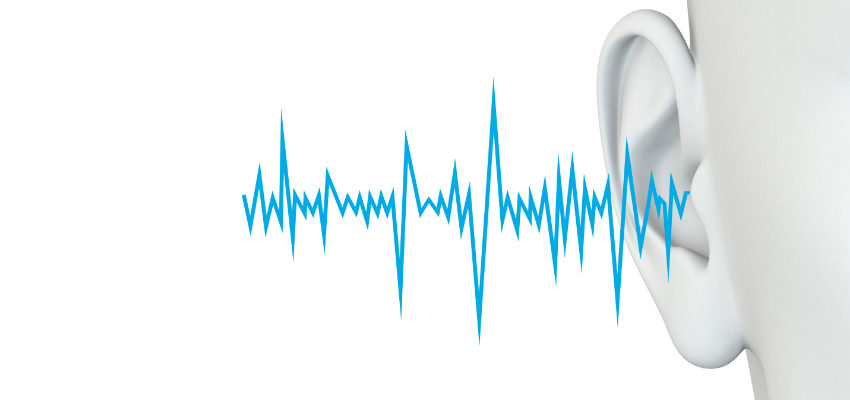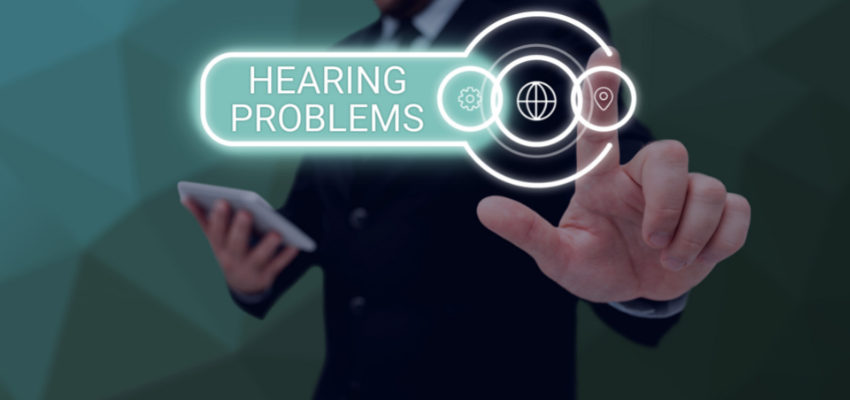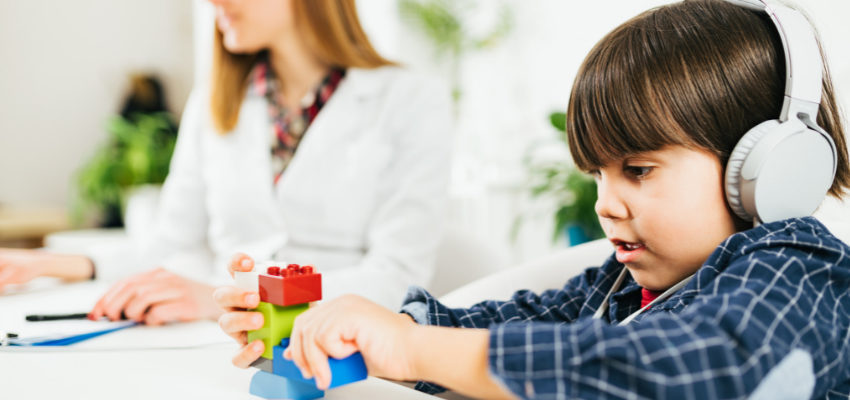Show:
Understanding Hearing Loss Apps: A Digital Boost to Auditory Health
Hearing loss can be a life-altering experience, often leading to feelings of isolation and a reduced ability to engage with the world. Thankfully, advancements in technology have led to the development of hearing loss apps that can make daily life more manageable for those experiencing hearing loss. However, not all hearing loss is created equal. Depending on the nature and origin of the problem, it can be classified as symmetrical or asymmetrical. Here, we delve into the world of hearing loss apps and discuss the difference between these two types.

Hearing Loss Apps: How Technology is Bridging the Gap
Smartphones have become an integral part of our daily lives, and with their ubiquity comes an array of applications tailored for specific needs, including hearing impairment.
Amplification Apps:
These apps use the microphone in your smartphone to pick up sounds, amplify them, and then play them through your headphones. Apps such as Petralex and Sound Amplifier are examples of this category.
Speech-to-Text Apps:
If conversations become too difficult to follow, apps like Ava and Google’s Live Transcribe can transcribe spoken words into text in real-time, allowing users to read what’s being said.
Tinnitus Relief Apps:
For those who suffer from tinnitus (a ringing or buzzing in the ears), there are apps designed to provide relief by playing soothing sounds or offering cognitive behavioral therapy techniques. Examples include Tinnitus Therapy and Relax Melodies.
Hearing Test Apps:
If you’re curious about the state of your hearing, many apps allow you to conduct basic hearing tests. While these aren’t a replacement for professional evaluations, they can provide insights. Mimi Hearing Test and Hearing Check are worth exploring.
Symmetrical vs. Asymmetrical Hearing Loss: Understanding the Difference
When we talk about hearing loss, we often envision both ears being affected to the same degree. However, this isn’t always the case. Hearing loss can be symmetrical or asymmetrical, and understanding the difference is crucial.
Symmetrical Hearing Loss:
This refers to hearing loss that affects both ears to the same degree. For example, if someone has a moderate degree of hearing loss in the left ear, they’ll also experience the same degree of loss in the right ear.
Causes:
Aging: Presbycusis, or age-related hearing loss, often affects both ears equally.
Noise exposure: Chronic exposure to loud noises can equally damage both ears over time.
Certain medications and illnesses.

Asymmetrical Hearing Loss:
This is when one ear experiences more severe hearing loss than the other. For instance, someone might have profound hearing loss in the right ear and mild or no hearing loss in the left.
Causes:
Head or ear injuries that affect one side.
Tumors, such as acoustic neuromas.
Sudden sensorineural hearing loss, which might affect one ear.
Ear infections or conditions like Meniere’s disease which might start in one ear.
Why the Distinction Matters
It’s essential to distinguish between symmetrical and asymmetrical hearing loss for several reasons:
Treatment and Rehabilitation:
The approach for treatment might differ based on the type of hearing loss. For instance, someone with symmetrical hearing loss might benefit from hearing aids in both ears, while someone with asymmetrical loss might only need one hearing aid or different types of hearing aids for each ear.
Potential Underlying Conditions:
Asymmetrical hearing loss, especially when sudden, could indicate a more severe underlying condition, like a tumor or infection. Prompt medical evaluation is crucial.
Everyday Challenges:
Understanding the type of hearing loss can help individuals adapt. For instance, someone with asymmetrical hearing loss might position themselves in a particular way in group settings to ensure they can hear more effectively.
Use of Hearing Loss Apps:
Symmetrical hearing loss sufferers might find amplification apps equally useful for both ears, while asymmetrical sufferers may need to adjust the settings for each ear.
How Hearing Loss Apps are Making a Difference
Accessibility & Affordability: Not everyone has immediate access to hearing aids or professional auditory assistance. These apps often provide free or low-cost solutions that can be used immediately, bridging the gap for many individuals who might not have had access to resources.
Improving Social Interactions: Hearing loss can lead to feelings of isolation, as individuals may avoid social situations where they struggle to communicate. Speech-to-text and amplification apps can make it easier for those with hearing impairments to engage in conversations and participate in group settings.
Personalization: Many of these apps allow users to adjust settings according to their specific needs, making the experience highly customizable.
Awareness & Education: These apps not only provide tools but also educate users about hearing loss, preventive measures, and ways to cope. The digital platform is a powerful medium to spread awareness and information.

Considerations when Using Hearing Loss Apps
While the apps are undeniably beneficial, users should keep in mind:
Not a Replacement for Professional Care: Apps, especially those that offer hearing tests, should not be used as a sole diagnostic tool or a replacement for professional consultation. Always consult an audiologist or specialist when you suspect hearing loss.
Potential Over-Amplification: Sound amplifier apps can sometimes amplify sounds too much, leading to further auditory damage. It’s crucial to use these apps responsibly and be aware of volume levels.
Data Privacy: As with any app, always check permissions and be cautious about sharing personal health information. Ensure you’re downloading apps from reputable sources.
The Future of Hearing Loss Apps
With advancements in technology, the future looks promising for hearing loss apps:
Integration with Wearables: As wearable technology, like smartwatches and augmented reality glasses, becomes more sophisticated, we can expect a seamless integration of hearing loss apps, offering real-time assistance.
AI-Powered Adjustments: With artificial intelligence, apps can learn from user behavior and environment to make automatic adjustments to volume, frequency, and noise cancellation.
Virtual Health Consultations: The merging of telehealth with these apps can facilitate virtual consultations with audiologists or speech therapists, offering a holistic approach to auditory health. Updox telemedicine software is an example of a tool that can offer a HIPAA-compliant channel for video and audio calls to patients with hearing loss.
Conclusion
The world of hearing loss is diverse and multifaceted. As technology continues to evolve, we find more tools at our disposal to navigate the challenges posed by hearing impairment. While hearing loss apps are no substitute for professional medical advice and interventions, they offer invaluable assistance in making daily tasks more manageable.
However, understanding the nuances of hearing loss, particularly the difference between symmetrical and asymmetrical types, is paramount. Such knowledge ensures that individuals receive appropriate care and are well-equipped to engage with the world around them.

 Return to Previous Page
Return to Previous Page








